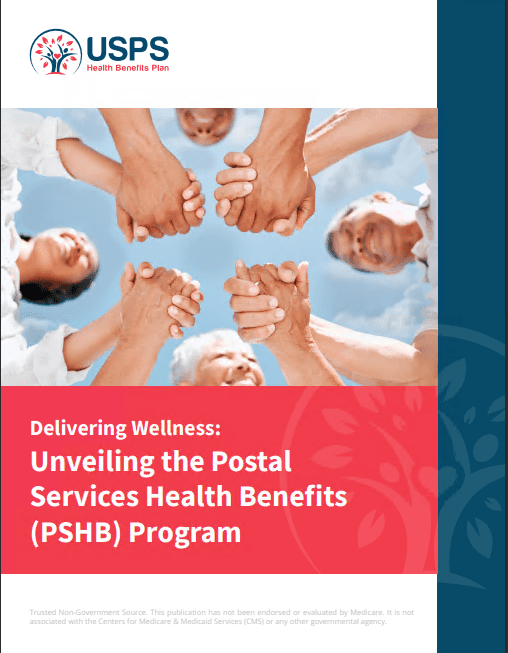Key Takeaways
- Understanding the different Medicare Advantage enrollment periods—Initial Enrollment Period (IEP), Annual Enrollment Period (AEP), and Special Enrollment Periods (SEPs)—is crucial for ensuring timely and appropriate coverage.
- Each enrollment period has specific rules and deadlines that beneficiaries need to be aware of to make informed decisions about their healthcare plans.
Medicare Advantage Initial, Annual, and Special Enrollment Periods: What You Need to Know
Medicare Advantage (MA) plans, also known as Part C, offer an alternative to Original Medicare by providing additional benefits and services through private insurance companies. These plans often include prescription drug coverage, vision, dental, and other wellness programs. To take full advantage of these benefits, it’s essential to understand the various enrollment periods available for Medicare Advantage plans. This guide outlines the Initial Enrollment Period (IEP), Annual Enrollment Period (AEP), and Special Enrollment Periods (SEPs), explaining the rules and deadlines associated with each.
Initial Enrollment Period (IEP)
The Initial Enrollment Period is the first opportunity for individuals to enroll in Medicare Advantage plans. It is a seven-month window that begins three months before an individual’s 65th birthday, includes the month they turn 65, and extends three months after.
Key Points:
- Eligibility: The IEP is available to those who are eligible for Medicare, which includes individuals turning 65 and those under 65 with certain disabilities.
- Enrollment Process: During the IEP, individuals can enroll in a Medicare Advantage plan directly through a private insurance company or via the Medicare website.
- Coverage Start Date: If enrollment occurs in the three months before the individual’s 65th birthday, coverage begins on the first day of the month they turn 65. If they enroll during their birth month or the three months following, coverage begins the first day of the month after the enrollment month.
Example: If someone’s 65th birthday is in June, their IEP would run from March 1 to September 30. Enrolling in March, April, or May would result in coverage starting on June 1. Enrolling in June means coverage starts on July 1, and enrolling in July, August, or September means coverage starts on the first of the following month.
Annual Enrollment Period (AEP)
The Annual Enrollment Period is a time when current Medicare beneficiaries can make changes to their Medicare Advantage plans. This period runs from October 15 to December 7 each year.
Key Points:
- Plan Changes: During AEP, beneficiaries can switch from Original Medicare to a Medicare Advantage plan, change from one Medicare Advantage plan to another, or return to Original Medicare.
- Part D Enrollment: Beneficiaries can also join, switch, or drop Medicare Part D prescription drug plans during this period.
- Coverage Start Date: Changes made during the AEP take effect on January 1 of the following year.
Example: If a beneficiary wants to switch from one Medicare Advantage plan to another for better coverage or lower costs, they can do so during AEP. Any changes they make will be effective on January 1 of the upcoming year.
Special Enrollment Periods (SEPs)
Special Enrollment Periods are triggered by specific life events that allow beneficiaries to enroll in or change Medicare Advantage plans outside the standard enrollment periods.
Key Points:
- Qualifying Events: SEPs can be triggered by events such as moving to a new address, losing current coverage, or changes in eligibility for Medicaid.
- Enrollment Process: The length and rules of SEPs vary depending on the triggering event. Beneficiaries typically have a set period (often two months) to make changes following the event.
- Coverage Start Date: The start date for coverage depends on the specific SEP and the timing of the enrollment.
Examples of SEPs:
- Moving: If a beneficiary moves to a new area where their current plan isn’t available, they can switch to a new Medicare Advantage plan.
- Losing Coverage: If a beneficiary loses other health coverage, they can use an SEP to enroll in a Medicare Advantage plan.
- Qualifying for Extra Help: Beneficiaries who qualify for Extra Help with Medicare prescription drug costs can switch plans at any time.
Importance of Understanding Enrollment Periods
Understanding these enrollment periods is crucial for several reasons:
- Timely Enrollment: Enrolling during the appropriate period ensures continuous and adequate healthcare coverage without gaps.
- Optimal Plan Selection: Different enrollment periods offer opportunities to switch to plans that better meet healthcare needs and financial situations.
- Avoiding Penalties: Missing enrollment deadlines can result in late enrollment penalties, especially for Medicare Part B and Part D.
Tips for Managing Enrollment Periods
- Mark Your Calendar: Keep track of important dates related to IEP, AEP, and SEPs to ensure you don’t miss your opportunity to enroll or make changes.
- Review Plan Options Annually: During AEP, review your current Medicare Advantage plan and compare it with other available options to ensure it still meets your needs.
- Stay Informed About SEPs: Understand the events that trigger SEPs so you can take advantage of these periods if your circumstances change.
- Seek Assistance: If you’re unsure about your options or the enrollment process, consider seeking help from a licensed insurance agent or a Medicare counselor.
Conclusion
Navigating the various enrollment periods for Medicare Advantage plans—Initial Enrollment Period, Annual Enrollment Period, and Special Enrollment Periods—is essential for securing the best possible healthcare coverage. By understanding the specific rules and deadlines associated with each period, beneficiaries can make informed decisions, avoid penalties, and ensure they have the coverage that best meets their needs.
Staying informed and proactive about these enrollment periods will help you maximize your Medicare Advantage benefits and maintain continuous, high-quality healthcare coverage. Whether you are new to Medicare or considering changes to your current plan, knowing when and how to enroll is key to taking full advantage of what Medicare Advantage has to offer.
Contact Information:
Email: [email protected]
Phone: 1405314877
Bio:
My name is David Cranford. I have been married 57 years. I have three children, five grandchildren, and five great-grandchildren. I have had my insurance license since 1980. I am fully licensed in life insurance, annuities, Medicare, group health and individual health, and property and casualty insurance. I graduated from Midwest City High School in 1965, married my High School sweetheart, and earned my bachelor’s degree in 2008. I approach business from the customer’s viewpoint. I work to educate and explain the options and choices available and work to make sure the
product fits the needs and wants of the client. I work one morning a week at the local Senior Center, answering
questions for the members and the public. I am working to bring my son into the business with me to provide the
service and support all clients deserve in the years ahead.










